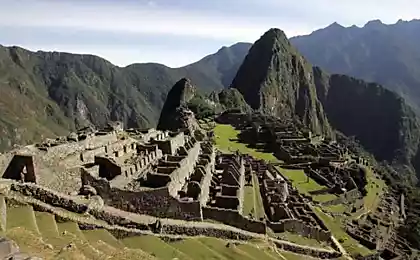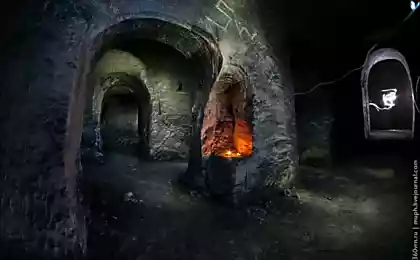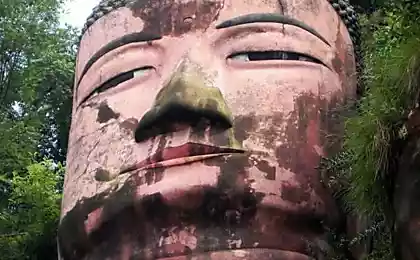504
Grottoes Yonggang - an animated history of China
In China, there are a large number of really beautiful caves that are among the most famous in the world not only because of its beauty, but also history. Among them are the grottoes Ljungan, one of the three groups of caves in China, where ancient history comes to life. The cliffs of Wuzhou mountain in Datong never looked so beautiful and picturesque, if not for the legendary caves which many call the cradle of Buddhism.
Kilometer excavation site along this mountain has already revealed 53 caves and more than 51,000 stone statues. It is the richest historical heritage managed to recover and save. To approach this place You will find that it is divided into East, middle and West.

In the Eastern region there are many pagodas, beautiful, ancient and serene. Caves in the Western part have a large number of niches, they are quite small. In the middle of Ljungan is located the most beautiful caves, with their chambers in the front and the back, and statues of the Buddha in the center.
For history lovers there is something to see. Yong gang grottoes were started in 450 ad, Northern Wei dynasty. Traced traditional Chinese art combined with social elements, which gives them an original touch of uniqueness. Indian Buddhist art of Gandhara is here most of the work.

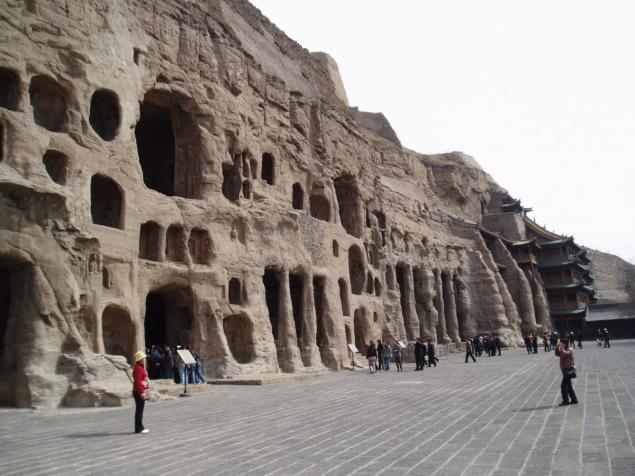
The monk tan Yao was the first, who made the decision to start the construction. Once you are there, you should definitely visit the biggest cave, classified as No. 6. With a height of over 20 meters, it is made in pagoda style. Here is an amazing sculptural composition is over 15 meters high with statues of Buddha and other decorative elements. East, West and South walls show 33 relief groups that tell the history Sakamuni.
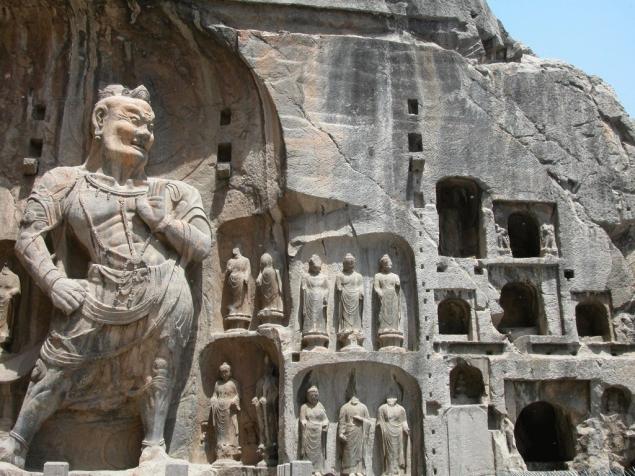
Interesting are also the caves numbered 16 — 20. In addition to having some of the richest collections of ancient Chinese art and sculpture, and also learn about the ancient history of Tang Yao. This place is guarded by the state, because the Caves do Yonggang has seen its share of wars and natural disasters over the centuries. 1900-ies was marked by a whole set of measures to restore and preserve this gem of Chinese history and culture. In 2001, the caves became a place of Cultural heritage of UNESCO.
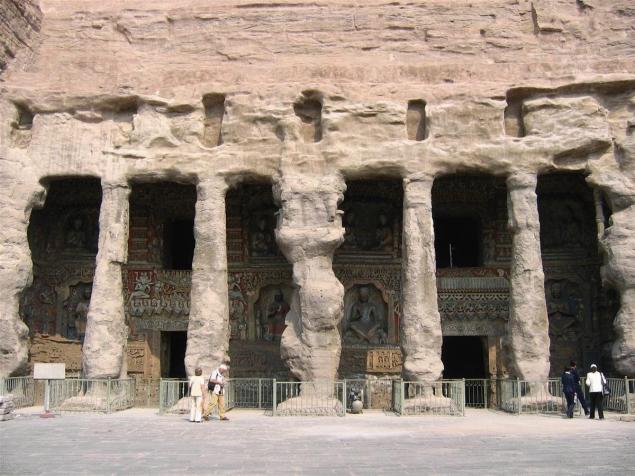
Source: /users/740
Kilometer excavation site along this mountain has already revealed 53 caves and more than 51,000 stone statues. It is the richest historical heritage managed to recover and save. To approach this place You will find that it is divided into East, middle and West.

In the Eastern region there are many pagodas, beautiful, ancient and serene. Caves in the Western part have a large number of niches, they are quite small. In the middle of Ljungan is located the most beautiful caves, with their chambers in the front and the back, and statues of the Buddha in the center.
For history lovers there is something to see. Yong gang grottoes were started in 450 ad, Northern Wei dynasty. Traced traditional Chinese art combined with social elements, which gives them an original touch of uniqueness. Indian Buddhist art of Gandhara is here most of the work.


The monk tan Yao was the first, who made the decision to start the construction. Once you are there, you should definitely visit the biggest cave, classified as No. 6. With a height of over 20 meters, it is made in pagoda style. Here is an amazing sculptural composition is over 15 meters high with statues of Buddha and other decorative elements. East, West and South walls show 33 relief groups that tell the history Sakamuni.

Interesting are also the caves numbered 16 — 20. In addition to having some of the richest collections of ancient Chinese art and sculpture, and also learn about the ancient history of Tang Yao. This place is guarded by the state, because the Caves do Yonggang has seen its share of wars and natural disasters over the centuries. 1900-ies was marked by a whole set of measures to restore and preserve this gem of Chinese history and culture. In 2001, the caves became a place of Cultural heritage of UNESCO.

Source: /users/740


